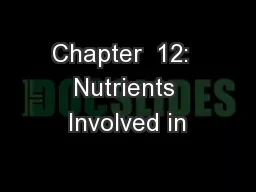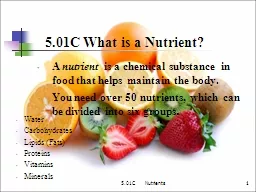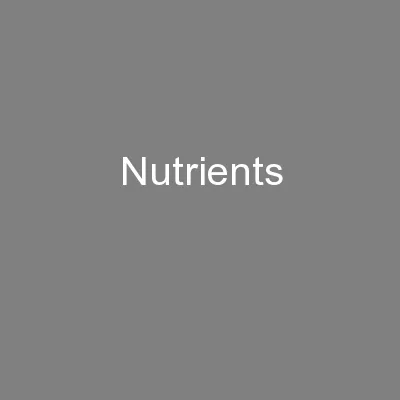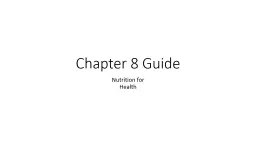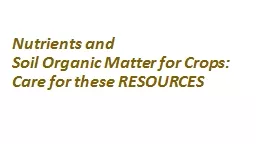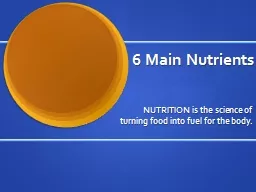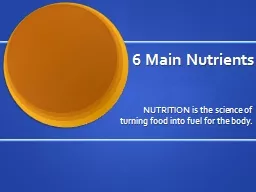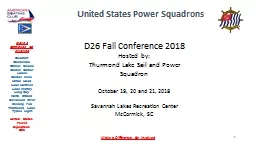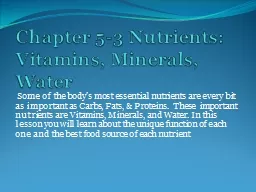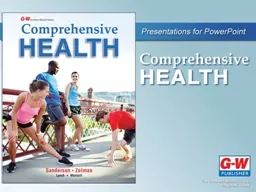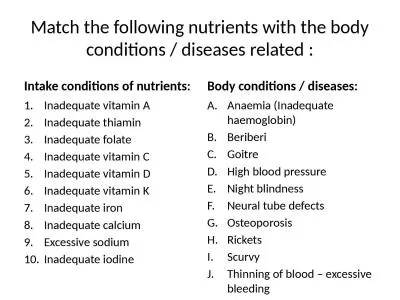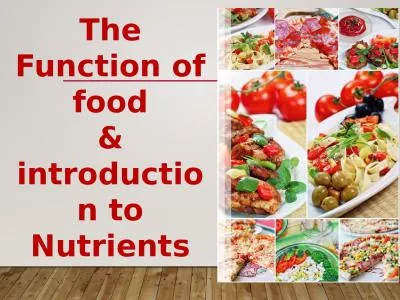PPT-Chapter 12: Nutrients Involved in
Author : lois-ondreau | Published Date : 2018-03-22
Blood Health and Immunity 2017 Pearson Education Inc Erythrocytes are essential for the transport of glucose albumin and many other solutes throughout the body
Presentation Embed Code
Download Presentation
Download Presentation The PPT/PDF document "Chapter 12: Nutrients Involved in" is the property of its rightful owner. Permission is granted to download and print the materials on this website for personal, non-commercial use only, and to display it on your personal computer provided you do not modify the materials and that you retain all copyright notices contained in the materials. By downloading content from our website, you accept the terms of this agreement.
Chapter 12: Nutrients Involved in: Transcript
Download Rules Of Document
"Chapter 12: Nutrients Involved in"The content belongs to its owner. You may download and print it for personal use, without modification, and keep all copyright notices. By downloading, you agree to these terms.
Related Documents

